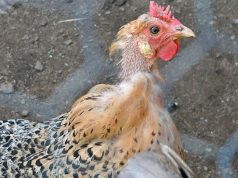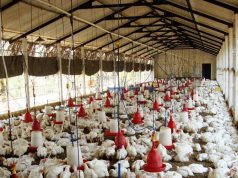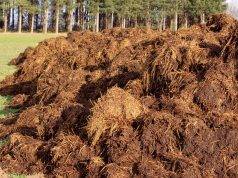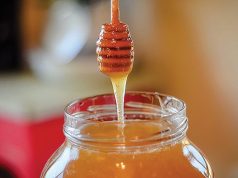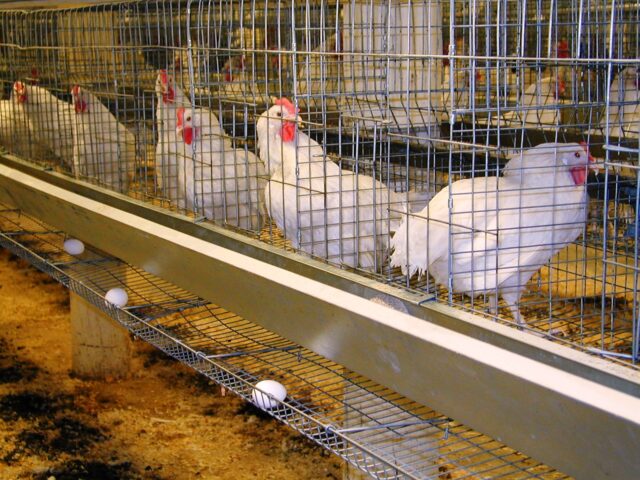
When we talk about commercial chicken coops, there are many types of chickens and hens included. What is really difficult is to gather information and know what the specific characteristics of each animal are. This knowledge is crucial for keeping poultry. So don’t underestimate this factor before you plan the facility. Visit www.skapoultryequipment.com
It is Important to Understand how to Create the Perfect Space for your Poultry
If you know anything about the breeding industry, you know that raising animals is never an easy task. Not only is it important to figure out what the best strategy is for keeping healthy animals, but also to understand how to create the ideal space for your business. Indeed, it’s not that easy! There are many factors to consider, for example the climate: how can you create an environment that is the right temperature, ventilated and protected from humidity? In addition, you also have to take care of the lighting of the chicken coop and calculate the space required for the individual animals. You also have to consider the hygiene factor, which is always a very important issue. So, in short, it is not easy to take care of it and start this activity from scratch. To establish these criteria, we will follow the model of SKA, a leading company in this field that deals with the design and construction of chicken coops. SKA knows very well how to build a poultry house effectively.
The More Space the Chicken has the Better it is
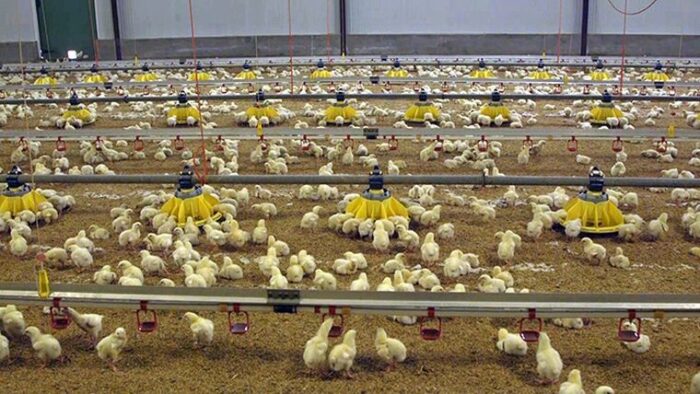
There is no question that the animals must have free range if they are kept in a species-appropriate manner – keeping them purely indoors is not appropriate for the species, even if the house is as large as it may be. Nevertheless, it can happen that the animals have to be completely housed temporarily, namely when there are disease outbreaks such as bird flu. In order to be prepared for this eventuality, it is always a good idea to plan for a covered run, which can be used to expand the smallest buildings if necessary.
Basically, the more space the animals have available, the better. However, you should plan for a maximum of five animals per square meter for dwarf breeds, four for medium breeds, and three for heavy and large breeds. You are on the safe side of animal welfare if you plan for this number to be one and a half square meters plus a manure board in the barn.
Since the data often vary and significantly higher stocking numbers are quite common, you should still ask yourself as a chicken keeper, with what goal you want to lead his flock of chickens. If animal love and animal welfare also play a role when considering chicken keeping, the decision for more space and fewer animals should be easy.
Get Information about Local Laws
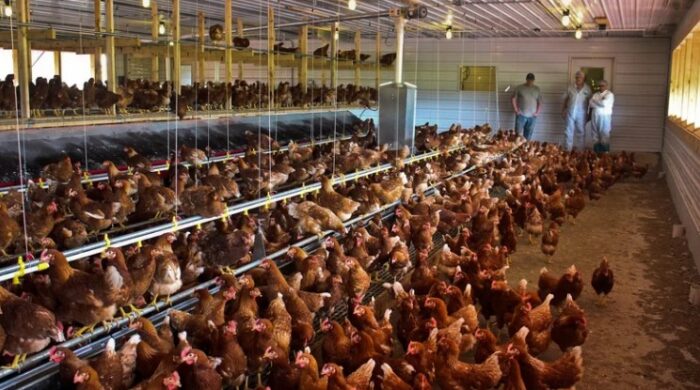
Sometimes, permanent structures may require a permit, even if the permit is refused, depending on the locality. But this does not mean that you have to give up keeping chickens altogether, as long as you think outside the box: basically any vehicle that is wheeled or portable can be converted into a chicken coop if you equip it with the essential furnishings: Manure board, nesting area, roosting perch and drinker with trough.
If you have a small stock that you do not want to keep awake with artificial light, LED lamps powered by small solar panels are a good option for stable owners who would like to have light in the stable after dark. These can often be obtained inexpensively from the electronic remnants trade. Experts are divided as to whether yellow-white or white-white light is better for the animals. If, however, the lamp is only needed for the keeper’s orientation, to be able to clean the stall or to replenish the feed, the type of light is comparatively unimportant.
Take into Account the External Circumstances
It may seem trivial, but in reality many entrepreneurs make the big mistake of not taking external circumstances into account. Indeed, in order to build a chicken coop efficiently, you must first and foremost consider the weather conditions and the type of climate that area is normally exposed to. For example, if you want to build a chicken coop in a country where it is very hot or, on the contrary, it rains often, you need to find a solution that can protect the animals from these conditions.
Some Suggestions on How to Choose the Right Material
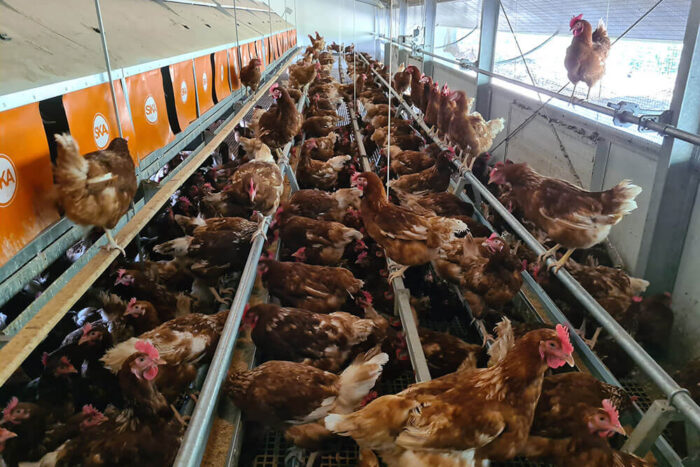
How do you choose the right material for your poultry house? Here are some of the most common solutions to suit your needs:
- if you need a waterproof material: The most recommended options are galvanised steel, PVC sheets and treated wood panels. These materials are commonly used for roof construction.
- for nest construction, it is important to use comfortable materials. The most commonly used are straw and pine needles. We recommend that you also get nests on which you can place the material and arrange it carefully.
- for the floor, we suggest you choose a disposable material, such as compressed wood or something similar.
You should not underestimate what will also be physically around your poultry house. Remember that chickens usually make a lot of noise and also give off a very strong smell, so you need to check what the neighborhood is like. First of all, make sure that what you have nearby will not interfere with the proper functioning of your chicken coop. For example, some noises or some emissions could affect the health of your chickens.

